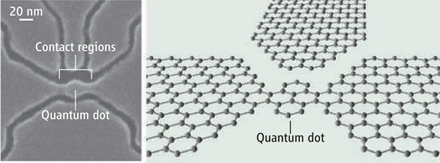The UK’s research council for biological sciences, the BBSRC, has published a nice overview of the potential ethical and social dimensions to the development of synthetic biology. The report – Synthetic biology: social and ethical challenges (737 KB PDF) – is by Andrew Balmer & Paul Martin at the University of Nottingham’s Institute for Science and Society.
The different and contested definitions and visions that people have for synthetic biology are identified at the outset; the authors distinguish between four rather different conceptions of synthetic biology. There’s the Venter approach, consisting of taking a stripped-down organism with a minimal genome, and building desired functions into that. The identification of modular components and the genetic engineering of whole pathways forms a second, but related approach. Both of these visions of synthetic biology still rely on the re-engineering of existing DNA based life; a more ambitious, but much less completely realised, program for synthetic biology, attempts to make wholly artificial cells from non-biological molecules. A fourth strand, which seems less far-reaching in its ambitions, attempts to make novel biomolecules by mimicking the post-transcriptional modification of proteins that is such a source of variety in biology.
What broader issues are likely to arise from this enterprise? The report identifies five areas to worry about. There’s the potential problems and dangers of the uncontrolled release of synthetic organisms into the biosphere; the worry of these techniques being mis-used for the creation of new pathogens for use in bioterrorism, the potential for the creation of monopolies through an unduly restrictive patenting regime, and implications for trade and global justice. Most far-reaching of all, of course, are the philosophical and cultural implications of creating artificial life, with its connotations of transgressing the “natural order”, and the problems of defining the meaning and significance of life itself.
The recommended prescriptions fall into a well-rehearsed pattern – the need for early consideration of governance and regulation, and the desirability of carrying the public along with early public engagement and resistance to the temptation to overhype the potential applications of the technology. As ever, dialogue between scientists and civil society groups, ethicists and social scientists is recommended, a dialogue which, the authors think, will only be credible if there is a real possibility that some lines of research would be abandoned if they were considered too ethically problematical.

